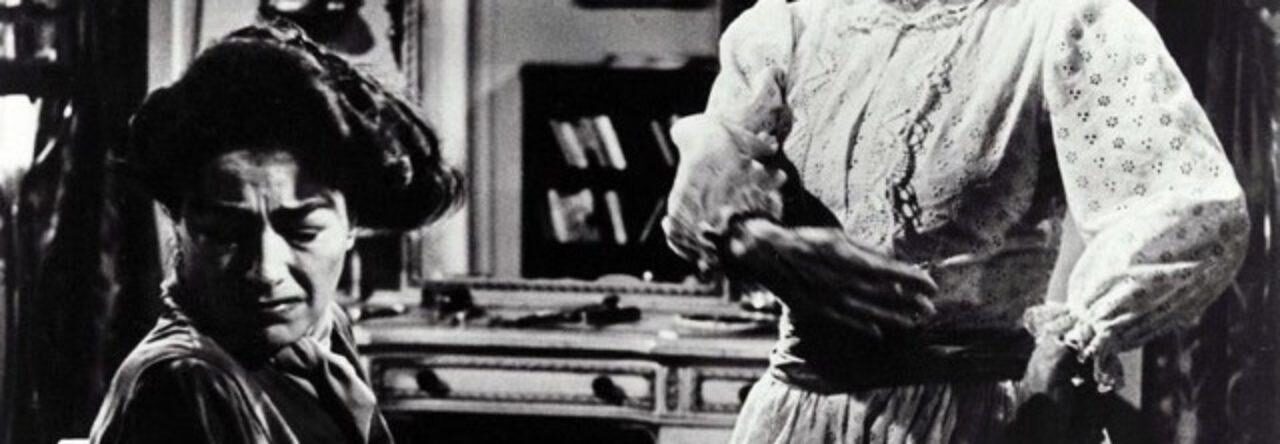
For simplicity’s sake, both male and female pronouns are used for Richard and Renée. It’s not a political commentary, it’s a reflection of how the story is told.
There is initially something jarring about Vanessa Redgrave’s performance as Renée Richards, the pioneering transgender athlete, in Second Serve. Her unconvincing male appearance pre-transition conjures memories of Jean Arless as gawky Warren in William Castle’s Homicidal, a classic Psycho knockoff with a memorable gender gimmick, and you worry this 1986 CBS adaptation of Richards’s autobiography might cheapen a complex story. But it doesn’t take long for the magnetic Redgrave to draw you in, particularly when filmed in medium-closeups that remove her hips from the equation.
We’re introduced to Renée first as Dr. Richard Raskind (changed to Radley for the film), and Redgrave exudes an Anthony Perkins quality—lanky, haunted, her demeanor alternately reserved and impetuous—that suits the character well. You suspect she understands Richard, whose private struggles with gender dysphoria aren’t immediately revealed, more intuitively than director Anthony Page (I Never Promised You a Rose Garden) and screenwriters Gavin Lambert and Stephanie Liss. Yet there are limits to her powers of empathy: you’d never guess from Redgrave’s vaguely WASPy characterization (and sometimes thinly-suppressed British accent) that she’s playing a Queens-bred Jew.*









